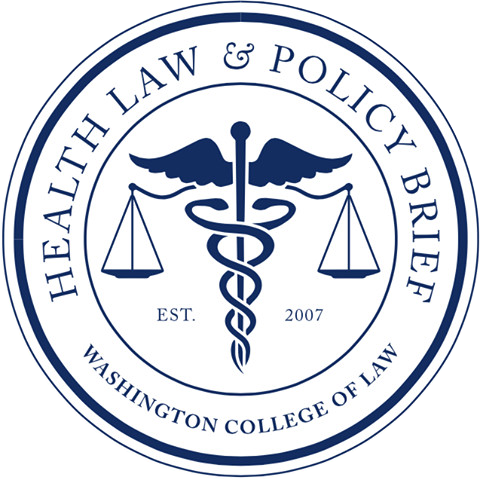In a landmark 1984 case before the Supreme Court, Chevron U.S.A., Inc. v. Natural Resources Defense Council, Inc. set forth a doctrine of judicial deference for administrative actions. The doctrine determined that a court should defer to an agency’s decision regarding an ambiguous statute whenever the agency’s action was reasonable, so long as it does not conflict with Congress. If the statute enabling the agency’s authority has a clear intent from Congress, that intent governs. If the intent of Congress is ambiguous, then the agency’s decision must be reasonable. If it is unreasonable, then the court may step in, but, otherwise, deference is given to the agency tasked with interpreting the ambiguous statute. The Chevron doctrine applies when agencies exert their discretionary authority in interpreting statutes. Chevron has had important implications across the legal field, being cited in nearly 1,000 judicial decisions yearly. The doctrine has also had a substantial impact on agency decisions in the healthcare field. The Food and Drug Administration (FDA) has used the doctrine for its decisions regarding new drug approvals. The Centers for Medicare and Medicaid Services (CMS) has relied on the doctrine in interpreting the Medicare Act daily, including reimbursement actions.
The Supreme Court is currently considering two cases that examine the Chevron doctrine: Loper Bright Enterprises v. Raimondo and Relentless, Inc. v. Department of Commerce. Both cases consider the overruling of the Chevron doctrine. It is anticipated that the Supreme Court will abolish or severely limit the doctrine as currently established, given the previous decisions weakening deference to federal bodies. The Court has already made a ruling in the healthcare field conspicuously rejecting the use of the Chevron doctrine despite its prevalence during oral arguments.
The abolition of the Chevron doctrine would make it easier for healthcare companies to bring litigation against an agency’s actions because the agency would no longer be afforded discretion. Abolishing Chevron would also bring large scale change to American healthcare, including the administration of Medicare and Medicaid, an insurance program for nearly half of Americans. Congress would be unable to practically draft and update statutes for Medicare and Medicaid administration post-Chevron, leaving a gap in the healthcare system’s ability to function.
The decision would also have a negative impact on science and technology. Courts lack the expert knowledge needed to understand some complex regulations, and pauses required to elaborate on statutes would represent a public health and environmental impracticality. Agencies that administer and regulate healthcare and health programs will need to change how they justify their proposed rules. However, all previous decisions on final rules for agencies like FDA and CMS will remain until challenged if Chevron is overruled.
In addition, a change from Chevron would result in a disruption of the financial stability these programs have afforded the healthcare system. With the overruling of Chevron, the first FDA new drug application approval may be overturned. Health agencies and industry are preparing for the possibility of Chevron upheaval and determining the impacts the change may bring.
Of note, Congress has the ability to alter or remove the Chevron doctrine by changing the Administrative Procedure Act (APA) to select a new standard of review in agency decision-making. A Congressional statute explicitly stating the standard of review for agency decision-making would establish a clear review regime and ensure that future judicial decisions were less likely to threaten well established agency decisions. The threat to all federal agencies of Chevron upheaval is looming, but it has farther reaching effects than federal agencies. The healthcare industry is trying to determine how to respond to the looming possibility of change, but it could result in an effect on patients, both financially and technically.
